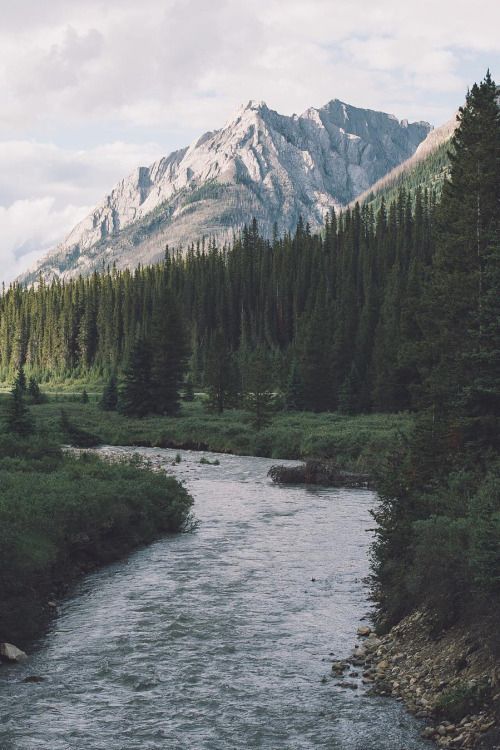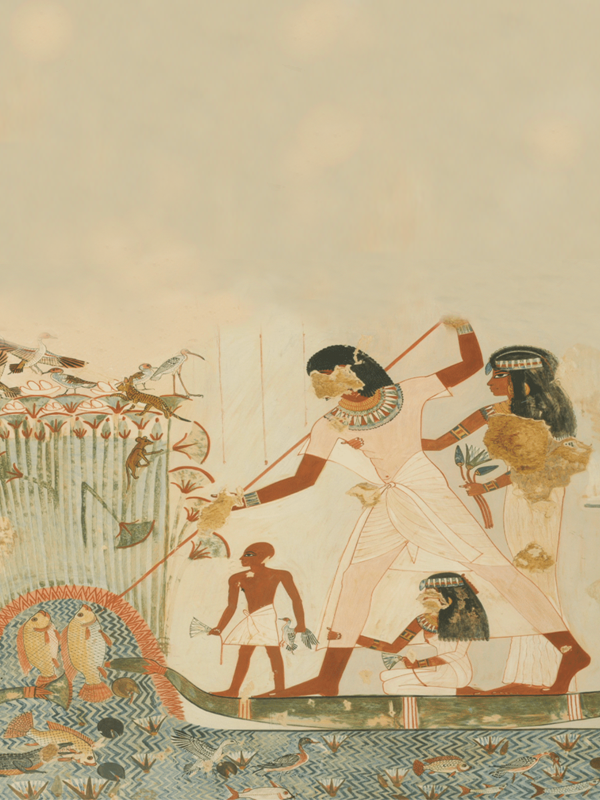
Yellowstone
YELLOWSTONE

A mythical national park if ever there was one, Yellowstone, which has just celebrated its 150 years birthday, is best known for its bears and bisons, but is also the most beautiful place in the world to fly fish for trout.

The Great Cascade of the Yellowstone River, was first photographed in 1869, when the invention of photography was less than ten years old.
It was in the summer of 1869 that a scientific expedition first gave a detailed description of the Yellowstone region. Less than three years later, on March 1, 1872, U.S. President Ulysses Grant signed an executive order creating Yellowstone National Park, the world’s first national park, as a place “free from commercial exploitation, dedicated to the satisfaction of the people ».
However, apart from the Crows, Blackfeets and Flatheads tribes who had been hunting, fishing and even living there for thousands of years, many white men, mainly French-Canadian trappers, had already described the wonders, or rather the geological and hydrological aberrations, of the Upper Missouri River Valley while following it in search of beavers for about a century.
They told of being lost in petrified forests, in the middle of fumaroles which came out under their feet, of hot springs which regularly “exploded” literally at several tens of meters high, and covering with their vacarm the petrified songs of birds themselves transformed into stones. But as most of these woodsmen, once back in “town”, spent most of their time in saloons and could not, after an hour’s drinking, tell the difference between a beaver trap and a bottle of bad whiskey, very few serious people paid the slightest attention to their stories…

Two members of the scientific expedition who, for the first time, gave a precise description of what was to become the first National Park in the world.
John Colter was the first to cross what would become the Park.

Sheltered by rocky mountains, Wyoming's grass-rich Great Plains provide abundant food for all herbivores, chief among them the bison.

Trapper and woodsman John Colter was the first white man to cross what would become Yellowstone Park.
In 1807-1808, however, an American trapper and “mountain man”, John Colter, crossed the northern part of the present Park and observed the geysers and the smell of sulfur that escaped from the bowels of the earth. He then had to fight the Blackfeet and escaped from his wounds only by miracle. And when, back to civilization, he told of the fumaroles, the shaking earth, the geysers, the petrified forests, his audience put these legends down to the delirium caused by his wounds. It was not until half a century later that another American “coureur des bois”, Jim Bridger, in 1857, returned from an expedition in the same area, and told of having seen boiling springs, gushing water, and a canyon whose stone walls were yellow (Yellowstone) and so deep that before falling asleep, he yelled “Get up Jim” to be sure that the echo would wake him up the next morning.
As he was also a bit of a drinker, and known for his affabulations, no one paid too much attention to his abracadabrous stories. Except that for those people who had never met, French-Canadian trappers in the 18th century, John Colter in 1807, Jim Bridger fifty years later, the same descriptions of hot springs, fumaroles and “geysers” made for a lot of hydrogeological coincidences. In 1859, an American geologist, Dr. Hayden, mounted the first scientific expedition to study the upper Missouri River, with Bridger as guide. The group approached Yellowstone but was unable to reach it because of heavy snowfall. The following year, the start of the Civil War interrupted the research for 10 years.

At the beginning of the 20th century, the park was already renowned for the fantastic fishing trips that could be made there.

Already before the war, the number of catches was strictly regulated and controlled by the Rangers, within the limits of the Park.

In 1936, a bus service was introduced to give American visitors easy access to all of Yellowstone's natural wonders.
On March 1, 1872, U.S. President Ulysses Grant signed the executive order creating the Park.

Located at an average altitude of 2000 m, the park covers essentially the same area as two large French departments in the state of Wyoming.
Here we are again in 1870/71 when Hayden finally wrote the first complete scientific report on Yellowstone, illustrated with photographs, which prompted the U.S. Congress to protect the area and President Grant to sign the first executive order creating a National Park. Today, the Park is open year-round, attracting millions of tourists from around the world.

In 1952, this advertisement in Life Magazine extols the geological wonders of Yellowstone and warns visitors with children to keep an eye on them, as bears and other large animals are primarily at home here.
In July and August, it is better to avoid going there, because you will see more campers than bison, but from Labor Day, the first Monday of September, the park is empty of American tourists, and if you are a fly fisherman, you will have until the beginning of October and the first snowfalls (we are at an altitude of more than 2,000 meters), to fully enjoy the most beautiful trout rivers, anywhere in the world.

In a source of boiling water, a fisherman shows his companion how to cook a trout in blue without taking it off the hook.

Located at the watershed in the Rocky Mountains, some of the Park's rivers flow to the Pacific Ocean, while others flow through the Missouri River to the Gulf of Mexico and the Atlantic Ocean.




